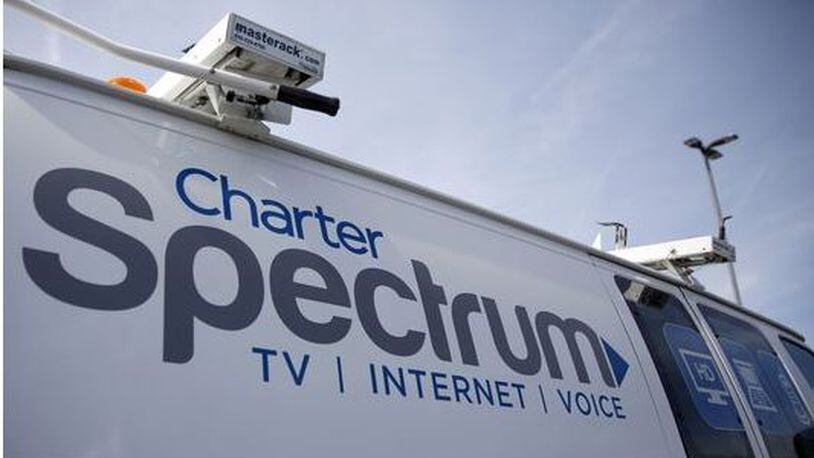”I think customers are really seeing a positive experience,” Michael Pedelty, a spokesman for Charter Communications, said in an interview after Spectrum was formally unveiled. “The SPP (Spectrum products and pricing) have been very well received.”
Last year, Charter stepped into ownership of Time Warner Cable and another operator, Bright House, in what was called a $65 billion “mega merger.”
The company reported last year it had 630,000 customers in southwest Ohio and employs around 1,900 workers.
Charter said Spectrum offers customers faster Internet, no modem fees, no contracts, no data caps — and what Pedelty called a “re-commitment to excellent customer service.”
“We talk about craftsmanship,” he said. “And there’s a huge effort to really look at service as a business. We’ve always been a service company.”
But some observers say the industry has to change its ways.
Leichtman Research Group said in November the eleven largest pay-TV providers nationally — providers it said represent about 95 percent of the market — lost about 255,000 subscribers in the third quarter of 2016, compared to a loss of about 210,000 subscribers in the third quarter of 2015.
Media Life magazine has said “cord cutting” will rise in three of the next four years, and total pay TV subscriptions will take a 5 percent hit from 2015 to 2020.
Even ESPN — once seen as a cable “gold standard” — laid off about 300 workers in 2015 and is examining anew how to reach viewers, said Charles Gulas, a Wright State University marketing professor.
“There certainly has been a decline, and there has been concern,” Gulas said Wednesday.
Serdar Durmusoglu — a marketing professor at the University of Dayton and editorial board member for the Journal of Product Innovation Management — is old enough to remember a Blockbuster video ad campaign proclaiming the “end of late fees.”
Those ads didn’t manage to hold off Blockbuster’s demise, Durmusoglu said.
“They were totally missing the point,” he said. “They (Blockbuster) had unhappy customers. And technology and consumers had moved to a different, new state. They just weren’t willing to follow them.”
TV viewing won’t go away, he said. But some cable customers are unhappy, Durmusoglu said.
“It’s not like they’re somewhat unhappy,” he said. “They (the cable industry) are consistently ranked as the lowest (provider of) customer satisfaction.”
Cable must bring its “A++ game” when it comes to service, he said. He advised companies to explore Internet-access only offerings, and development of new services, such as letting customers pay for Internet access only when they use it or offering faster access at certain times.
Said Durmusoglu: “Won’t people pay for a much more customized experience?”
Whatever problems face the industry should be seen as “opportunities,” Pedelty said.
“We look at it as a way to differentiate ourselves,” he said. “It’s an opportunity to show what excellent customer service looks like.”
Gulas agreed that the industry is troubled because the media landscape is “evolving” so quickly.
“A lot of people are cutting the cord,” he said.
Companies should experiment a bit, he said. They should offer different tiers of service that give people more choices at more — and lower — prices.
Said Gulas, “I think people like the idea of getting what they want in more manageable chunks.”
U.S. cable industry
By the numbers
61 million: Number of high-speed Internet subscribers, as of July 2016
53 million: Cable video subscribers, as of July 2016
2.7 million: Number of jobs directly and indirectly supported by cable
5,208: Number of cable systems
900-plus: Number of total cable channels offered in 2014
Source: Internet and Television Association
About the Author
